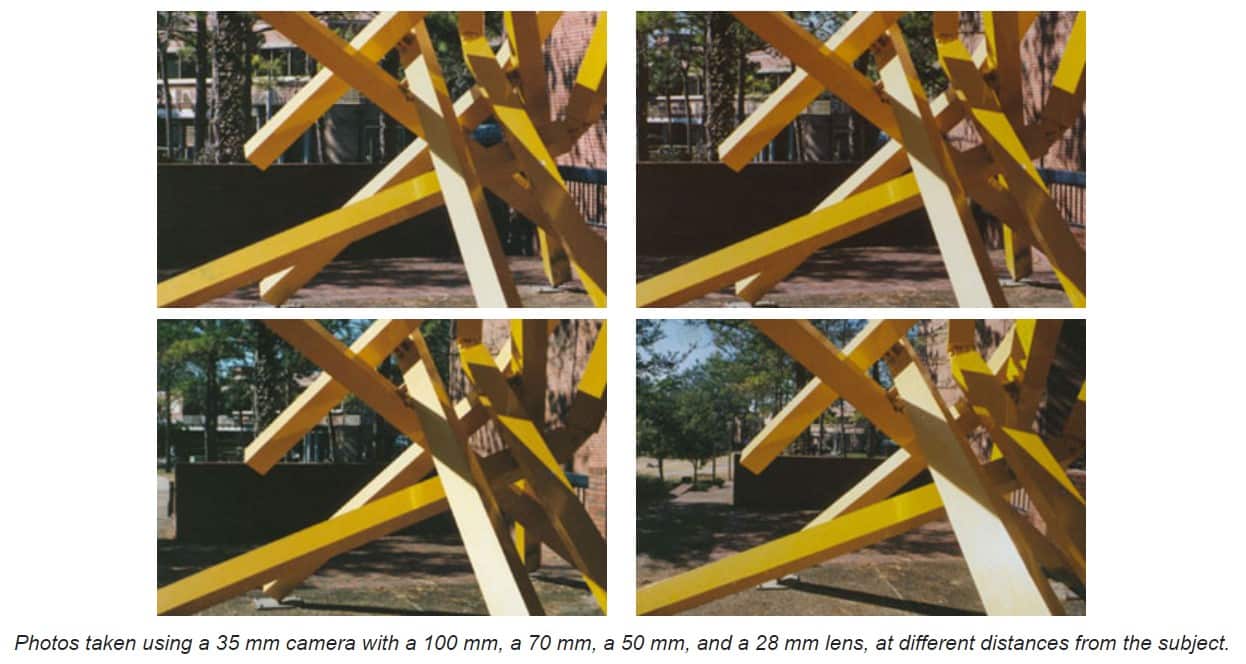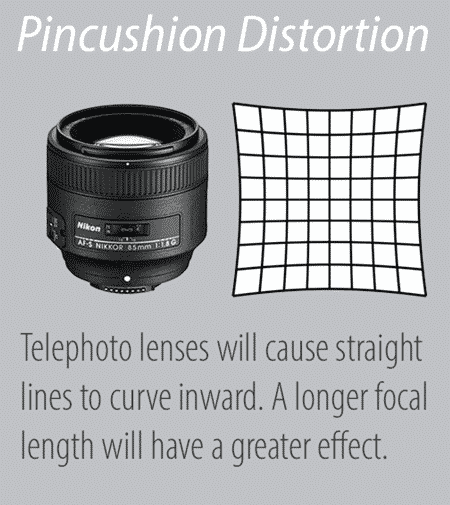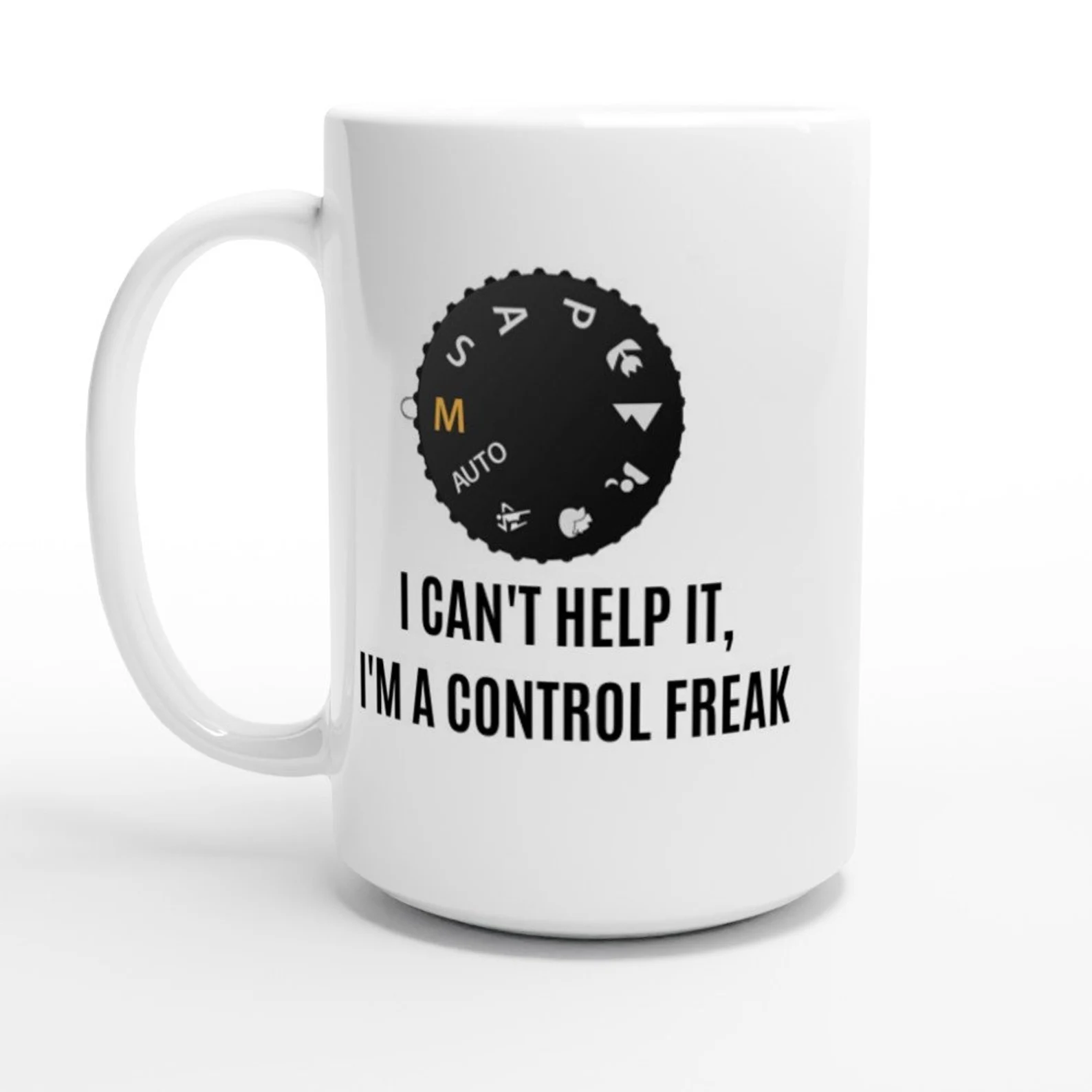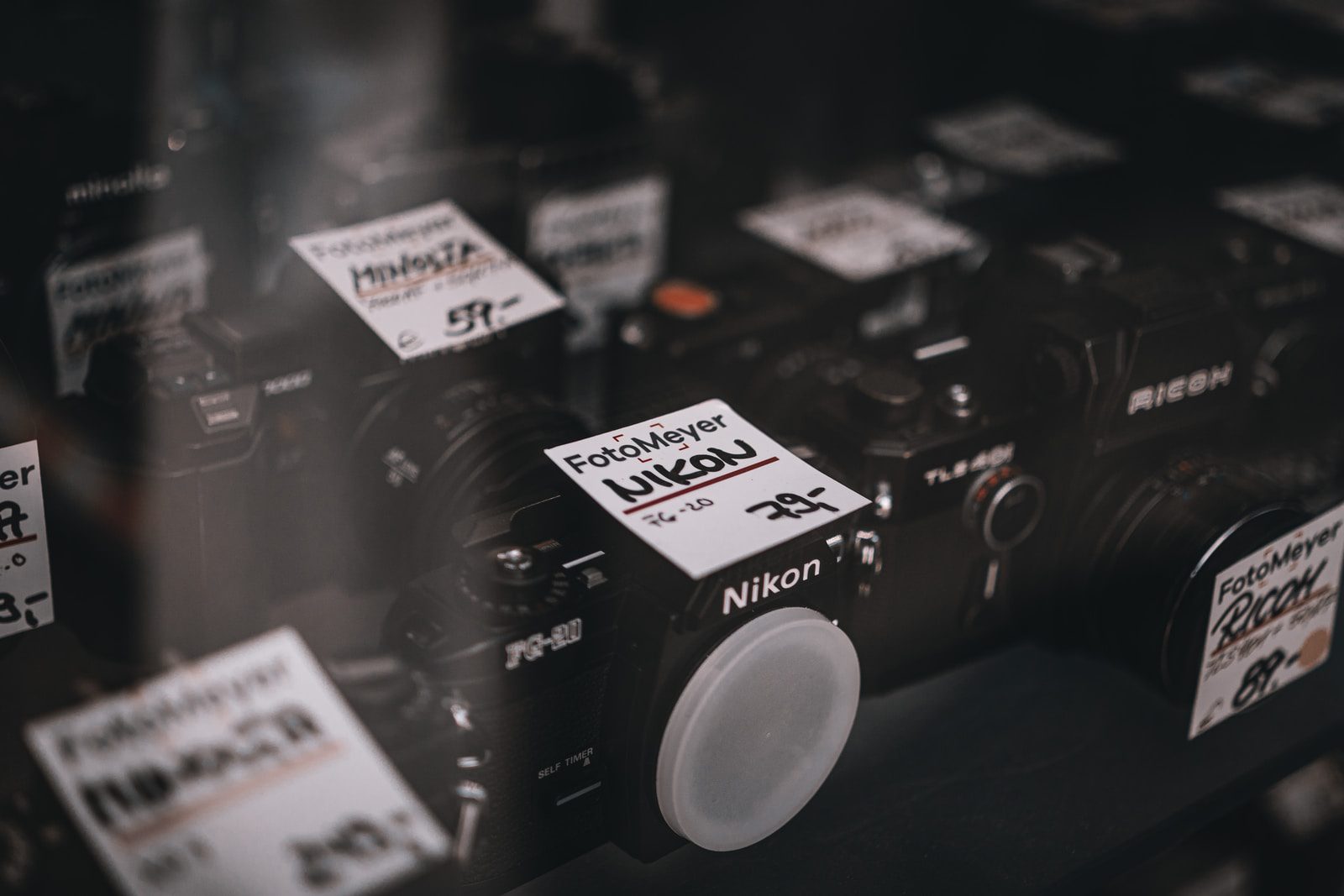If you are new to photography, then lens distortion is probably something you don’t understand. While if you have more experience with photography, then lens distortion is something that might annoy you. We’ll address both groups, so that whether you’re just getting started or know your way around your manual settings, you can plan for and control the results you want.
Table of Contents
ToggleTwo Types of Distortion
The quickest way to understand photography distortion is to realize there are two main types: Perspective Distortion and Optical Distortion.
Since we are taking a three-dimensional scene and forcing it into a two-dimensional format, it’s common sense that there is going to be some distortion or change.
One way to define distortion is a “change in form” which is exactly what we are doing. We’ll start with describing perspective distortion and then address common optical distortions.
Perspective Distortions
When we talk about perspective distortions, we are referring to those that have nothing to do with the lens. These are changes in form due to other factors, such as size, relative distance, placement, contrast, etc.
A simple example of this is as you place an object closer to the camera lens it appears much larger than if it was farther away.
Other than a fisheye lens, all other lenses will have the same perspective. The relationship or ratio of the camera to subject and the subject to background distance is what causes this affect. Not the focal length of the lens you use.
This image from Wikipedia is a great example of this. As you look closely at the background you can see that the relative size of the objects is changing, while the foreground remains fairly constant.
Now to explain what’s happening.
When you use a wide-angle lens, if you want to fill the frame you have to get closer to the subject, due to the wider viewing angle that lens has. As you do this you change the ratio of the camera to subject distance, as compared to the subject to background distance.
If you take the same setup but use a telephoto lens, now you have to increase your distance between the camera and the subject in order to fill the frame with the same view of the subject. As you do this, the ratio is changing. And since the relative distance between your camera and the subject verses the subject and the background are similar the objects in the background will look larger than they do with the wider angle view you’d get with a shorter focal length.
For more information on this you can review out article on perspective in photography, which includes a free printable for download.
Optical Distortions
Optical distortion is a change or effect that is caused by the lens itself.
As we’ll discuss, some of these distortions come just from the nature of the lens. While other types of optical distortion may be more visible due to the quality of the lens.
The two main optical (aka: lens) distortions we’ll address are Barrel and Pincushion distortion. These are directly related to the focal length that you choose to use.
There is a more extreme wavy/complex form of distortion also known as mustache distortion, which is kind of a combination of the two others. Although this is less common and would generally be seen on older or low-quality lenses.
All lenses will have limits and imperfections since there is no such thing as a “do it all” lens. However, if you are investing in quality camera gear then the distortions you see should be minor. In many cases, post-production edits will help you correct anything you come up against.
As you get to larger print sizes, you’ll need to be more aware of the optical distortions you may encounter.
Barrel Distortion
Barrel distortion is commonly associated with a wide-angle lens. What you’ll see with this effect is straight lines, especially around the edges of your frame, will start to curve outward. As you increase to a wider viewing angle, meaning a shorter focal length, this would be increased.
However, it’s important to remember that not all lenses are created equal. The quality and thus cost of the lens, will often be directly associated with how much distortion you’ll see.
Pincushion Distortion
Pincushion distortion is more related to lenses in the telephoto range. Just like with barrel distortion, these effects are more noticeable near the edges of the frame and increase as the focal length increases. Remember that as your focal length increases your viewing angel is getting narrower.
With pincushion distortion you’ll see straight lines around the edge of your image start to turn inward. Here to the quality and cost of the lens is a good indicator of how much distortion you might end up with.
Relationship of Distortion to Lens Type
While we’ll discuss the difference between wide-angle and telephoto lenses more, it is important to understand that there are two different types of lenses that exist: Rectilinear and Curvilinear.
Rectilinear designed lenses will help to straighten out lines in your frame, so they look more natural.
Curvilinear lenses cause straight lines to curve your image. The most common example of this is a fishbowl type of lens. Or what it looks like to look through the peephole of a door.
Both Barrel and Pincushion distortion are curvilinear type distortions. Whereas a rectilinear lens is designed to counteract that effect.
The barrel distortion would be seen in wide-angle focal ranges. However high-quality lenses are designed with optical rectilinear correction so that your image looks more natural. Except for maybe near the edge of the frame.
The math and science behind the rectilinear lens is known as the gnomonic principle.
An example you’ll be familiar with is a map of the world, where the sphere of the globe is translated to a flat surface. As shown in the image from Wikipedia below. As was mentioned above with lenses, near the edge of the image there is increased distortion.
The Effect of a Wide-Angle Lens
A wide-angle lens has a wide viewing angle by virtue of its name. This will increase the perceived difference in the subjects you’re shooting by making the nearby subjects appear larger and more distant objects much smaller.
- Elongate space
- Exaggerate distance
- Subject or person feels like a small part of the larger environment
- Stretches perspective
- Deep depth of field
- Feeling of a large space
- Distorts close up portraits
The Effect of a Telephoto Lens
Telephoto lenses have a longer ‘reach’ and thus a narrower viewing angle compared to a wide-angle lens. This in turn will create less of a difference between the perceived size difference of your foreground and background subjects, making them feel closer together than a wider lens.
- Compresses distance
- Squashes space
- Subject or person feels closer to the surrounding environment
- Brings subject closer to the camera
- Shallower depth of field
So, when you are layering your composition with a closer subject over your background objects, you can change the feel of the image by your lens choice.
Even with the same physical distance between the subject and the background you can either make them feel closer together by using a telephoto lens or further apart by using a wide-angle lens. Not because you are changing lenses, but because you are forced to move the camera closer or farther from the subject, which changes the perspective ratio distance.
Other Types of Optical Distortion
There are many different types of optical distortions, more than we can review in this article so we’ve included some links that may be useful if you are interested in learning more. Although we will discuss Chromatic Aberrations since they are a bit more common.
Chromatic Aberration
This term definitely sounds more complicated than it really is.
For a long time when I was first learning about photography I would just kind of gloss over this because I had enough other stuff to try and figure out. Although by pulling back the curtain to see what’s there, we can break it down so it’s not quite as scary.
Aberration can be defined as ‘something unwanted that is not usual or expected.’
Chromatic means ‘something that is related to or produced by color.’
So, a Chromatic Aberration is just an ‘unwanted result with the colors in your photograph.’ Nothing really that scary right?
This can show up in a couple different forms but is mostly seen as color fringes around sharp edges in your image. In other words, unexpected colors where you have focused parts of your image to be sharp.
Chromatic Aberration (CA) happens because the lens isn’t able to precisely focus all the color wavelengths perfectly on the image sensor.
Here is an extreme example:

The good news is that more expensive lenses include a special coating on the lens that helps reduce this effect.
Types of Chromatic Aberration
- Axial or Transverse
- You’ll usually see this when using the maximum aperture on a lens, which is one reason why people often say to use one or two steps (or sizes) down from the maximum aperture of your lens. As you use a smaller aperture this effect will usually go away.
- Result is a colored halo seen in high-contrast details of your image
- Lateral
- Result is color fringing near the edge of an image, usually cyan or magenta colors
- This is not a result of the aperture size, but more a result of the lens quality. Although it is something that could be fixed in post-production.
- Sensor Blooming
- Result of highlights being blown out
- This is a problem associated with the sensor so it’s not usually something you can correct
Concluding Details
While lenses, especially ones with more extreme focal lengths, do create distortions it’s important to understand different types of distortion so you can appropriately correct them.
Optical distortions are caused/controlled by the gear that you are using as well as its quality. Then the perspective distortions are controlled more by moving your feet and understanding how to counterbalance or exaggerate the affects you want. It’s at this point, where selecting the right lens can help you craft the image results you want to tell your story.
If you want to have curvilinear distortion for a particular effect, then you can invest in a fishbowl lens. Otherwise, if you invest in quality lenes it will have optical rectilinear correction to where the majority of the image won’t have distortion. Just know that the more extreme the focal length the more you’ll see this type of distortion around the edges of an image.
Related Articles
The Most Creative and Unique Gifts for Photographers
One characteristic that is almost universal with any photographer is that they are creative. If you don’t think of yourself...
Read MoreWhat Gift Do You Buy For a Photographer?
Before you buy a gift for a photographer you need to know this one thing; they are extremely picky! That’s...
Read MoreThe Best Place to Rent a Camera Lens
Searching for "camera lens rentals near me"? How can you be sure you're getting the best price and options from...
Read MoreFirst and foremost, I’m a husband and father. Then professionally I’m photographer, designer, blogger, and Esty store owner. My homebase is near the stunning Wasatch mountains in Utah but I love traveling with my family as part of our homeschooling journey. I also love teaching and helping out others. My faith is one of the biggest aspects of my life and brings be a consistent joy that I haven’t found in anything else. My main blog is BestPhotographyGear.com and I strive to make photography simple for anyone looking to learn or find gear for their individual needs. By nature, I like to study, research, and analyze things and I use that help provide the best advice and reviews I can.








